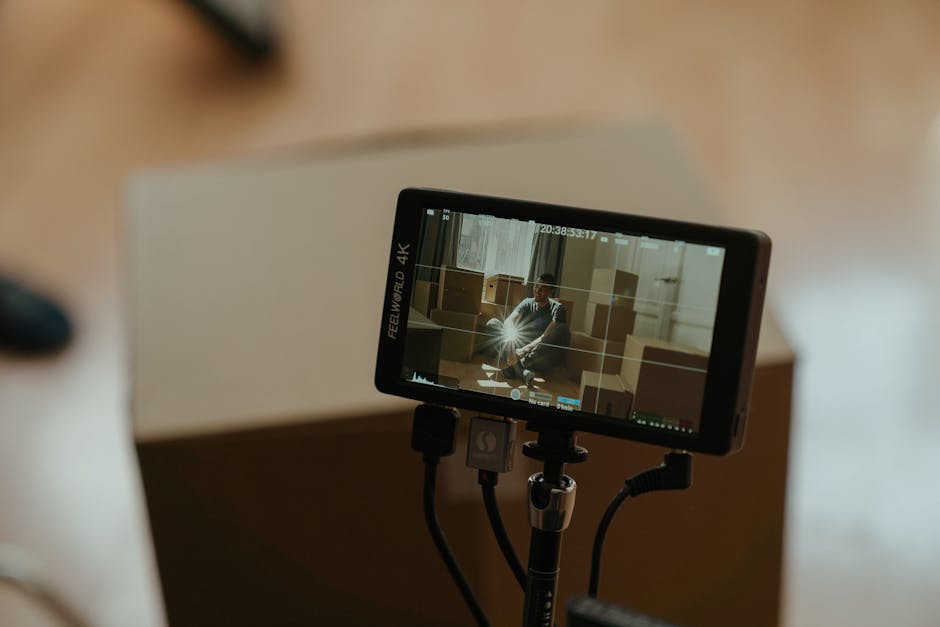Is 4K Resolution on a Small TV Worth It? Unveiling the Truth About Pixel Density and Screen Size

Are you considering buying a new small TV, perhaps for a bedroom, kitchen, or office? You’ve likely encountered the 4K resolution option, even on screens as small as 24 inches. But is this ultra-high definition truly necessary, or is it just a marketing gimmick? This article delves into the intricacies of resolution, screen size, and viewing distance to help you determine whether 4K on a smaller screen is a worthwhile investment or a waste of money. We’ll explore the advantages and disadvantages, examine the factors affecting perceived image quality, and ultimately provide you with the knowledge to make an informed decision. From understanding pixel density to considering your viewing habits, we’ll cover everything you need to know about 4K resolution on smaller screens.
Understanding Resolution and Screen Size
Pixel Density: The Key to Sharpness
Resolution refers to the number of pixels that make up the image on your screen. A higher resolution, like 4K (3840 x 2160 pixels), packs more pixels into the same area compared to Full HD (1920 x 1080 pixels). This results in a higher pixel density, which translates to a sharper, more detailed image. However, the impact of pixel density diminishes as screen size decreases.
On a smaller screen, the pixels are closer together, making the difference between 4K and Full HD less noticeable. At typical viewing distances for a 24-inch TV, the human eye may struggle to discern the added detail offered by 4K. Therefore, the perceived benefit of 4K on a smaller screen is less pronounced than on a larger one.
The benefits of higher resolution are more readily apparent on larger displays where the increased pixel count contributes significantly to image clarity and detail. On smaller screens, the difference is less dramatic, and other factors, such as panel technology and HDR support, may play a more significant role in overall picture quality.
Viewing Distance: A Crucial Factor
Viewing distance plays a crucial role in how we perceive resolution. The closer you sit to the screen, the more likely you are to notice the individual pixels, especially on lower-resolution displays. With a smaller screen, you’re likely to sit closer, potentially negating the advantages of 4K.
Conversely, with larger screens, you tend to sit farther away, making higher resolutions more beneficial in maintaining image clarity. For a 24-inch screen, the optimal viewing distance is relatively close, meaning the benefits of 4K are less apparent than on a larger display viewed from a greater distance.
Consider your typical viewing setup. If you’re usually sitting close to your smaller screen, investing in 4K might not be necessary. However, if you prefer a larger viewing distance, even with a smaller screen, 4K could provide a noticeable improvement in image quality.
Content Availability: 4K vs. Full HD
While 4K content is becoming increasingly prevalent, it’s still not as widely available as Full HD content. Streaming services, Blu-ray discs, and even broadcast television offer a vast library of Full HD content, ensuring compatibility with a wider range of devices.
Choosing a 4K TV for a smaller screen might limit your content options, especially if you’re not primarily using streaming services that offer 4K. While upscaling technology can improve the quality of Full HD content on a 4K screen, it doesn’t replicate true 4K resolution.
Consider your viewing habits and the types of content you consume. If you primarily watch Full HD content, a 4K TV might not be necessary for a smaller screen. However, if you’re a dedicated streamer or movie enthusiast with access to 4K content, it could be a worthwhile investment.
Cost Considerations and Alternatives
Budget and Value
4K TVs generally command a higher price tag than their Full HD counterparts, even at smaller screen sizes. This price difference can be substantial, making it essential to weigh the cost against the perceived benefits. Is the marginal improvement in image quality worth the extra expense?
Consider your budget and how much you’re willing to spend on a small TV. If you’re on a tight budget, a high-quality Full HD TV might offer better value for your money than a basic 4K model.
Investing in a smaller 4K TV might not be the most cost-effective option. Consider whether the extra cost is justified by the relatively small improvement in picture quality compared to a Full HD model.
Conclusion
The decision of whether to choose 4K resolution for a small TV ultimately depends on your individual needs and preferences. While 4K offers undeniable advantages in terms of image sharpness and detail, these benefits are less pronounced on smaller screens due to the limitations of pixel density and viewing distance. Consider your viewing habits, content availability, and budget before making a decision. In many cases, a high-quality Full HD TV might be a more sensible choice for a smaller screen, offering excellent picture quality at a more affordable price.

Leave a Reply